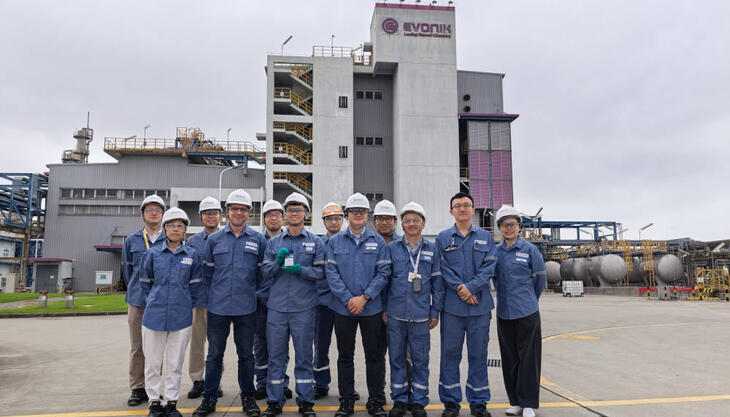Padanaplast offers new advanced HFFR compounds for high-performance wires and cables for electric vehicles

Specialized in crosslinkable polyolefin halogen free flame retardant (XLPO-HFFR) compounds for wires and cables, the Italian Padanaplast offers a range of products developed to meet the stringent needs of electric mobility in the automotive industry.
“The surging development of complex hybrid, all-electric and fuel cell vehicles demand advanced automotive wires and cables to meet a range of voltages and performance criteria,” said Antonello Casale R&I & Technical Service Chief Manager at Padanaplast. “We are complementing our successful range of HFFR insulation and sheathing for wire and cabling for e-mobility with the introduction of experimental T4 150°C grade of Cogegum GFR.”
The new Cogegum GFR 1709-27 T4 grade is specifically developed for high voltage (HV) ultra-flexible battery cables offering excellent thermal and mechanical performance and resistance to automotive fluids for next generation electric vehicle powertrains. Padanaplast Cogegum GFR 1401-76 and Cogegum GFR 1401-190 products comply with RoHS requirements and intended for T3 (125°C) primary insulation optimized for technical performance and cost-effective production.
In addition, Polidiemme G elastomer grades are RoHS and EN 50620 standard, fully compliant and extensively used as insulating materials for electric vehicle charging cables ensuring high flexibility and reliability.
Padanaplast products are manufactured to meet the most relevant and stringent international standards for automotive cable including ISO (Europe) 6722 Class C; LV 112; SAE (USA) J 1128; and JASO (Japan) D 611. All grades are crosslinked using silane-grafting technology coupled with a non-halogenated flame-retardant system that contribute self-extinguishing properties without halogenidric acids evolution, toxic and corrosive gases and dark smoke emissions. In addition, automotive wires and cables manufactured using Padanaplast’s materials display non-corrosive properties which facilitates end-of-life recycling.



















